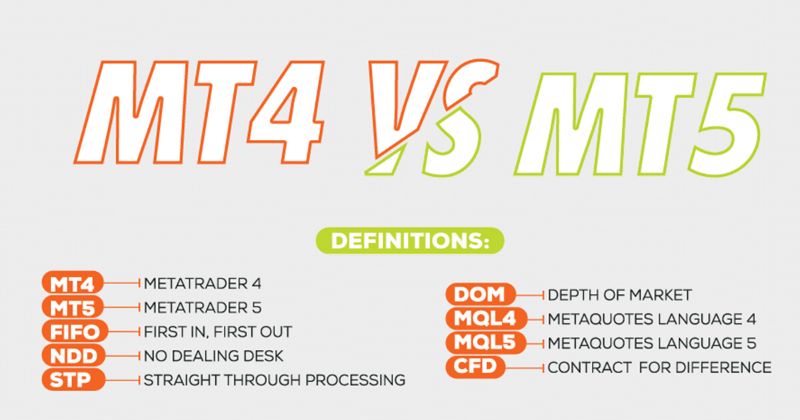Curious about how a Python Trading Bot can change your trading strategy? Our in-depth guide reveals everything you need to know to create a powerful trading bot that automates and enhances your trading decisions. Get ready to dive into the world of algorithmic trading and unlock new possibilities.
What is a Python Trading Bot?
A Python trading bot is essentially a computer program written in the Python programming language that automates the buying and selling of assets within a financial market.
These bots are designed to execute trades based on pre-defined rules and algorithms, eliminating the emotional element often associated with human trading decisions.
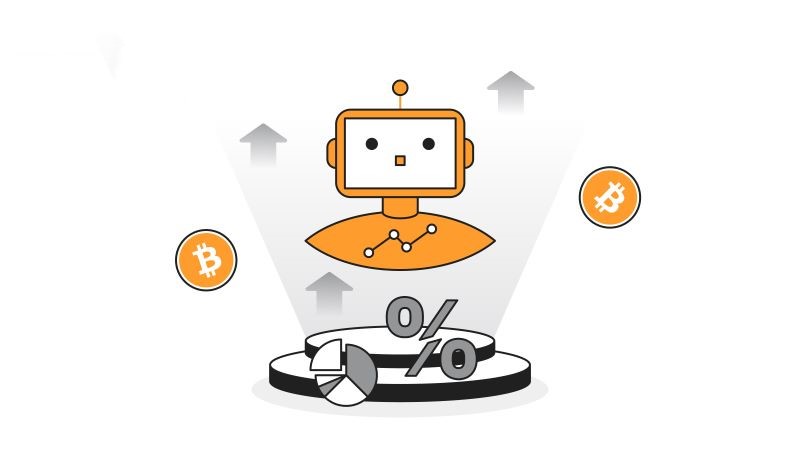
The Basics of Algorithmic Trading
Algorithmic trading leverages sophisticated algorithms to analyze market data, identify patterns, and execute trades automatically. This approach offers several advantages, including:
- Objectivity: Algorithmic trading removes emotional biases from the decision-making process, leading to more rational and consistent trading strategies.
- Speed: Bots can execute trades at lightning speed, capitalizing on fleeting opportunities that human traders might miss.
- Scalability: Algorithmic trading allows traders to manage multiple strategies and markets simultaneously.
Advantages of Using Python for Trading Bots
Python’s popularity in the world of trading bots stems from its numerous strengths:
- Ease of Learning: Python’s intuitive syntax makes it relatively easy to learn, even for beginners with limited programming experience.
- Vast Libraries: Python boasts a rich ecosystem of libraries specifically designed for financial data analysis, including NumPy, Pandas, and Matplotlib, making it a powerful tool for manipulating and visualizing market data.
- Open Source Community: Python benefits from a vast and active open-source community, providing access to a wealth of resources, libraries, and support for developers.
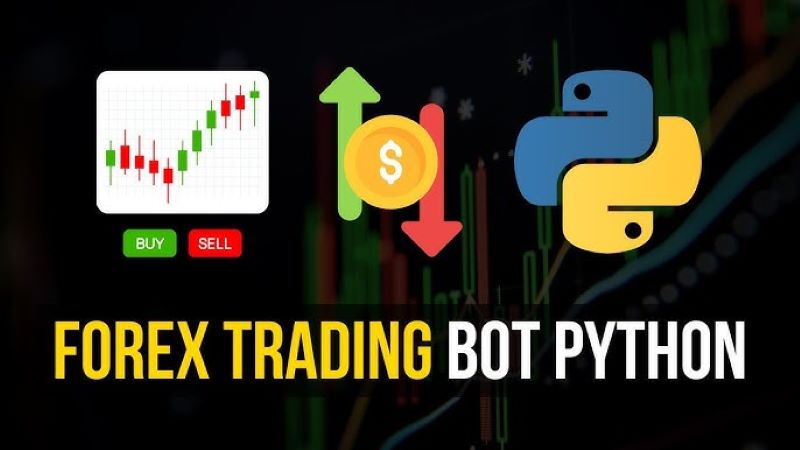
Understanding the Risks and Challenges
While Python trading bots offer numerous advantages, they also come with inherent risks and challenges:
- Market Volatility: Cryptocurrency markets are volatile, and sudden price swings can lead to significant losses, even for well-designed bots.
- Complexity: Developing and maintaining a reliable trading bot requires a thorough understanding of programming, financial markets, and risk management.
- Regulatory Landscape: The regulatory environment surrounding cryptocurrency trading is constantly evolving, and traders need to stay informed about applicable laws and regulations.
How to Build Your First Python Crypto Trading Bot
Step 1: Prepare the Python Programming Environment
The first and most crucial step in creating a Python trading bot is setting up the appropriate development environment and necessary tools. This will help you build a solid foundation to start your automated trading journey. You need to install Python and essential tools such as code editors (Visual Studio Code, PyCharm, etc.) and supporting libraries (pip).
Step 2: Choose the Right Exchange and API
Next, for your trading bot to operate, you need to connect it to a crypto trading platform. There are many popular options available in the market such as Binance, Coinbase, Huobi, FTX, etc. Each exchange has its own advantages and disadvantages, so choosing one that fits your needs is crucial.
To help you compare, let’s consider some important criteria:
- Trading Fees: Trading fees are one of the most important factors to consider. Some exchanges have lower fees, while others have higher fees.
- Trading Volume: High trading volume indicates the credibility and reliability of the exchange. An exchange with high trading volume helps you execute buy and sell orders at better prices.
- Number of Coins/Tokens: Exchanges that support a wide range of coins/tokens offer more investment options.
- Security: Security is extremely important when trading crypto. You should choose an exchange with strong security measures to protect your assets.
- Interface: A user-friendly and easy-to-navigate interface makes trading easier.

Step 3: Install Supporting Python Libraries
Python provides several libraries that support the development of trading bots. Some popular libraries include:
- Requests: A library for sending HTTP requests to interact with APIs.
- Pandas: A library for data manipulation, analysis, and creating data tables.
- NumPy: A library for matrix calculations and scientific data processing.
- Scikit-learn:A library for machine learning and statistical analysis.
- Matplotlib: A library for plotting charts and visualizing data.
Step 4: Connect Exchange API with Your Bot
After selecting the appropriate exchange, you need to obtain an API key and secret key to connect your bot to the exchange. The API key and secret key are character strings used to authenticate your bot with the exchange.
To get the API key and secret key, log in to your account on the exchange and go to the security settings section. Most exchanges provide clear instructions on how to generate API keys.
Once you have the API key and secret key, you can begin connecting the exchange’s API with Python. There are several Python libraries that facilitate this connection with crypto exchange APIs, such as ccxt, python-binance, and others.

Step 5: Collect Real-Time Market Data
Your trading bot needs to collect real-time market data to make effective trading decisions. The data to collect includes: The current price of the coin; Trading volume; Price charts; Historical data.
Python provides several libraries to assist with this, including:
- yfinance: Allows you to download historical stock prices, indices, forex, and cryptocurrency data from Yahoo Finance.
- pandas_datareader: A useful library for accessing financial data from various sources, including Yahoo Finance, Google Finance, FRED, and more.
- Binance API: If you want to trade on Binance, you can use this exchange’s API to retrieve data directly from the platform.
Step 6: Develop an Automated Trading Strategy
Once you have your development environment set up, the next step is to determine the trading strategy that best aligns with your investment goals and risk tolerance. Crypto trading strategies are diverse, ranging from simple to complex, and understanding each type is essential for choosing the right one. Here are some popular crypto trading strategies:
- Trend following: This strategy seeks to capitalize on the direction of the market. The trader identifies trends by analyzing price charts, trading volume, and other indicators. If the trend is upward, they buy; if the trend is downward, they sell.
- Mean reversion: This strategy assumes that asset prices will eventually revert to their historical average. The trader buys when the price drops below the average and sells when the price rises above the average.
- Arbitrage: This strategy exploits price discrepancies between different exchanges. The trader buys cryptocurrency on one exchange where it’s cheaper and then sells it on another exchange where it’s more expensive, profiting from the price difference.
- Scalping: This strategy involves making frequent, small profits by buying and selling cryptocurrencies quickly. Scalpers often use high leverage and take advantage of short-term price fluctuations.
- Day trading: This strategy involves buying and selling cryptocurrencies within the same day. Day traders use technical analysis and chart patterns to predict short-term price movements and capitalize on them.
- Swing trading: This strategy focuses on holding cryptocurrencies for a longer period, typically a few days or weeks, to capture larger price swings. Swing traders rely on technical analysis and fundamental analysis to identify potential trend changes.
- Long-term investing: This strategy involves holding cryptocurrencies for an extended period, typically months or years, hoping to benefit from long-term growth in the market. Long-term investors focus on the fundamental value of the cryptocurrency and its potential for future appreciation.

Step 7: Automate Buy/Sell Orders
Once the strategy is defined, the bot will automatically execute buy/sell orders based on pre-programmed conditions.
Step 8: Operate the Trading Bot
The final step is to connect your trading bot to the trading platform’s API and configure it to execute trades automatically based on the strategy you’ve implemented. This integration allows the bot to monitor market movements, analyze price data according to your strategy, and trigger trades without manual intervention.
After you’ve successfully connected your trading bot to the API, you can set up the bot to continuously monitor the market, analyze data according to your strategy, and execute trades automatically based on your chosen signals.
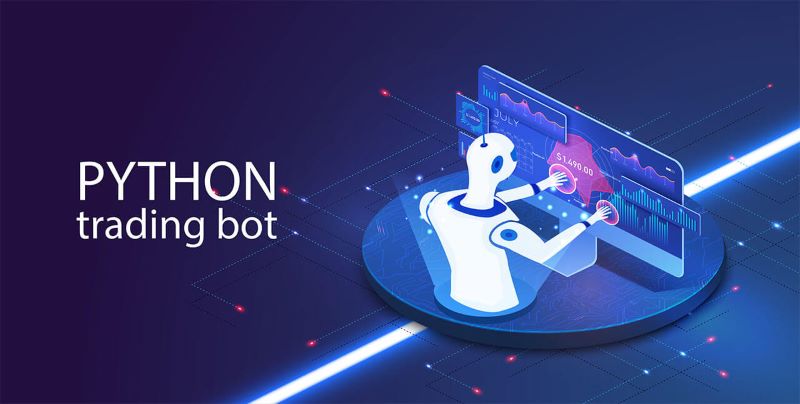
This step is crucial for enabling your bot to capitalize on trading opportunities in real-time, without manual intervention. It also helps ensure that your trades are executed accurately and efficiently, minimizing the risk of human error.
Step 9: Backtest and Optimize Bot Performance
Before deploying your trading bot into the real market, a crucial step is backtesting. This process involves simulating your bot’s performance on historical data to assess its effectiveness and identify potential weaknesses. Backtesting allows you to understand how your bot would have performed in the past, providing valuable insights into its trading strategy and logic.
Backtesting is essential because it helps you:
- Evaluate your strategy’s profitability: By analyzing past performance, you can assess whether your bot’s strategy consistently generated profits or suffered losses.
- Identify potential flaws: Backtesting can reveal weaknesses in your trading logic, such as overfitting or underfitting to historical data. You can then refine your strategy to address these issues.
- Optimize your parameters: Backtesting allows you to experiment with different parameters and settings to find the optimal configuration for your bot.
Step 10: Continuous Updates and Improvements
Once you’ve backtested your bot and identified areas for improvement, you can fine-tune its parameters to optimize its performance. This involves adjusting settings like:
- Entry and Exit Criteria: These parameters determine when your bot enters and exits trades. Tweaking these settings can significantly impact profitability and risk.
- Stop-Loss and Take-Profit Levels: These parameters define the maximum loss and profit targets for individual trades, helping manage risk and protect your investment.
- Position Sizing: This parameter determines the amount of capital allocated to each trade, influencing the potential profits and losses.
- Trading Frequency: Adjusting the frequency of trades can impact profitability, risk, and trading costs.
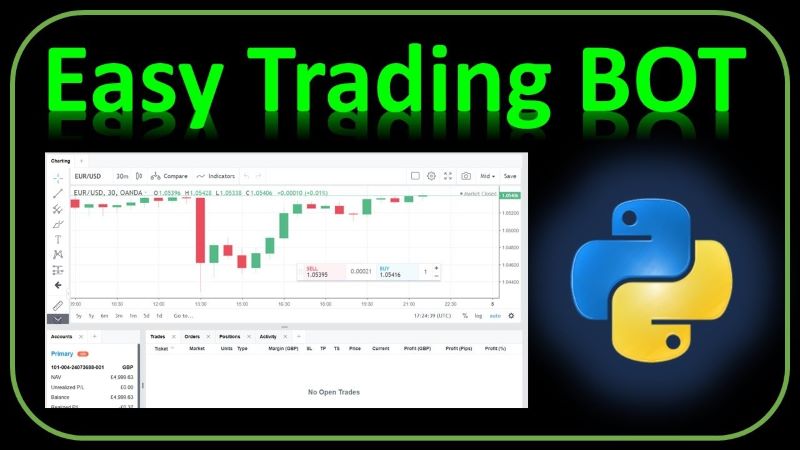
By carefully adjusting these parameters through backtesting and experimenting with different configurations, you can aim to achieve the optimal balance between profitability and risk for your bot.
Remember, continuous optimization is crucial for trading bot success. The market is constantly changing, so you must adapt your bot’s strategy and parameters to stay ahead of the curve. Regular backtesting and fine-tuning are essential for maintaining your bot’s performance and maximizing its profitability.
A well-crafted Python Trading Bot is essential for navigating the complexities of modern trading. Follow our guide to harness its full potential and transform your trading approach.
For further insights and tools to enhance your trading journey, visit MevX and explore our extensive resources.




